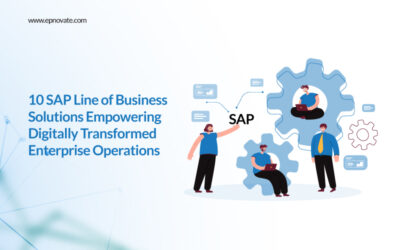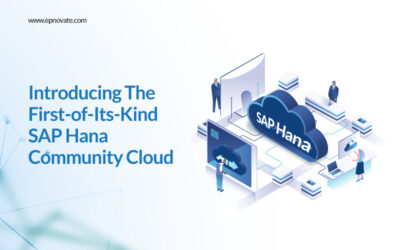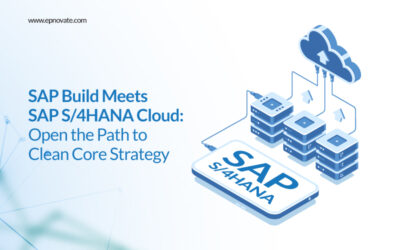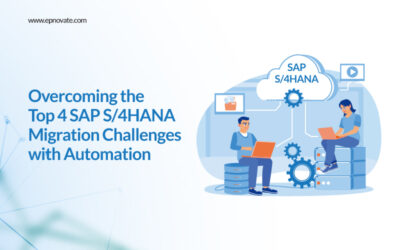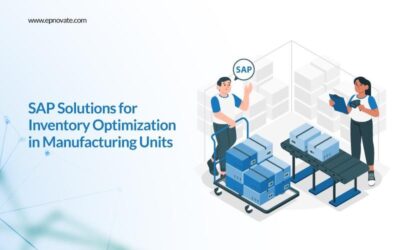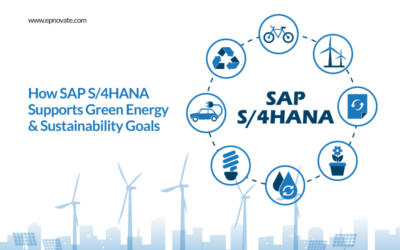What is SAP S/4HANA Integration with Salesforce?
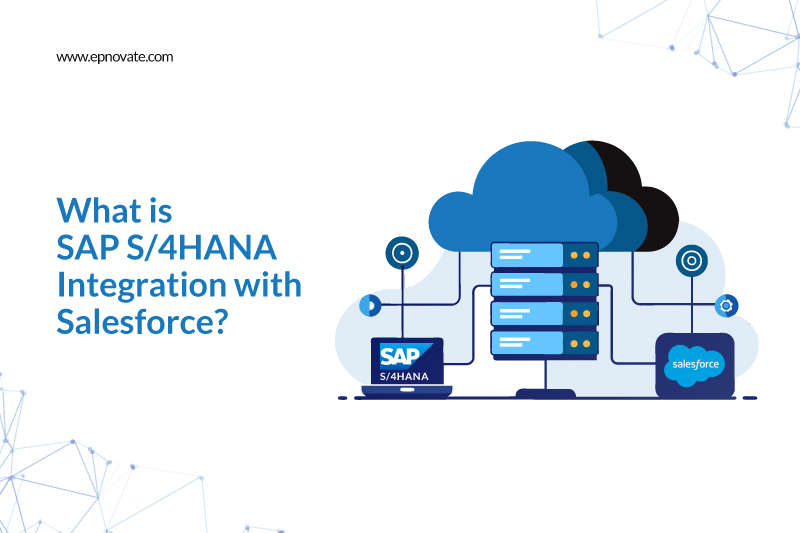
Integrating SAP S/4HANA with Salesforce is a strategic move for organizations aiming to enhance their operational efficiency and customer engagement. This integration combines the strengths of an Enterprise Resource Planning (ERP) system with a Customer Relationship Management (CRM) platform, allowing businesses to streamline processes and improve data accuracy.
What is SAP S/4HANA?
SAP S/4HANA is an advanced ERP suite designed to help organizations manage their real-time business processes. It leverages the capabilities of the SAP HANA in-memory database, enabling faster data processing and analytics. Key features include:
- Real-time analytics: Instant insights into business performance.
- Simplified data model: Reduced complexity in data management.
- User-friendly interface: Enhanced user experience through SAP Fiori.
The business benefits of SAP S/4HANA services include improved operational efficiency, reduced costs, and enhanced decision-making capabilities.
What is Salesforce?
Salesforce is a leading cloud-based CRM platform that helps organizations manage customer relationships and sales processes. Its key features include:
- Customizable dashboards: Tailored views for sales, marketing, and service teams.
- Automation tools: Streamlined workflows for repetitive tasks.
- Integration capabilities: Connects with various applications and services.
Salesforce provides businesses with better customer insights, improved sales processes, and enhanced collaboration among teams.
The Need for Integration
Integrating SAP S/4HANA with Salesforce is crucial for several reasons:
- Enhanced data accuracy and consistency: By synchronizing data between ERP and CRM systems, organizations can ensure that all departments work with the same information, reducing errors and discrepancies.
- Streamlined business processes: Integration allows for seamless workflows, such as automatic order processing and real-time inventory updates, leading to faster response times and improved efficiency.
- Improved customer experience: With integrated systems, customer service representatives can access comprehensive customer data, providing personalized support and resolving issues quickly.
Methods of Integration
Several methods and tools can facilitate the integration of SAP S/4HANA with Salesforce:
- Middleware Solutions: Platforms like SAP Cloud Platform Integration provide pre-built integration flows that simplify the connection between SAP S/4HANA and Salesforce, allowing easy data synchronization and process automation.
- APIs and Custom Integrations: Both SAP and Salesforce offer robust APIs that enable organizations to create custom integrations tailored to their specific needs. This approach provides flexibility but may require more development resources.
- Pre-built Connectors: Solutions like the SAP S/4HANA Cloud Connector offer ready-to-use integrations that can quickly connect SAP and Salesforce systems, reducing implementation time and complexity.
Key Integration Scenarios
Several common scenarios illustrate the benefits of integrating SAP S/4HANA with Salesforce:
- Order to Cash Process: This integration allows sales orders created in Salesforce to be automatically processed in SAP S/4HANA, ensuring real-time updates on order status and inventory availability.
- Quote-to-order Process: Sales quotes generated in Salesforce can be converted into orders in SAP S/4HANA, streamlining the sales process and improving accuracy.
- Customer Data Synchronization: Keeping customer data consistent across both platforms ensures that sales and service teams have access to the most up-to-date information, enhancing customer interactions.
Challenges and Considerations
While integrating SAP S/4HANA with Salesforce offers significant benefits, organisations may face challenges such as:
- Data Synchronisation Issues: Ensuring data consistency across systems can be complex, particularly when dealing with large volumes of data.
- Security and Compliance Concerns: Organisations must ensure that sensitive data is protected during integration and that they comply with relevant regulations.
- Complexity of Customization: Custom integrations may require significant development effort and expertise, which can lead to increased costs and longer implementation times.
Future Trends
Emerging trends in ERP and CRM integration include:
- AI and Machine Learning: These technologies can enhance data analysis and automate decision-making processes, further improving operational efficiency.
- Enhanced Automation and Real-time Analytics: Organizations are increasingly looking for solutions that provide real-time insights and automate routine tasks to improve productivity.
- Cloud-based Integration Solutions: As businesses continue to move to the cloud, cloud-based integration platforms will become more prevalent, offering scalability and flexibility.
Conclusion
The integration of SAP S/4HANA solution with Salesforce represents a powerful opportunity for businesses to enhance their operational efficiency and customer engagement. By leveraging the strengths of both systems, organisations can streamline processes, improve data accuracy, and ultimately deliver a better customer experience. As technology continues to evolve, staying abreast of integration methods and trends will be crucial for maximising the benefits of these powerful platforms.
Recent Posts
- 10 SAP Line of Business Solutions Empowering Digitally Transformed Enterprise Operations
- Choosing the Right SAP Implementation Partner: What Businesses Need to Know
- How to Future-Proof Your SAP ERP
- SAP Operations Continuity: 5 Priorities You Need to Embrace Today
- Introducing The First-of-Its-Kind SAP HANA Community Cloud
